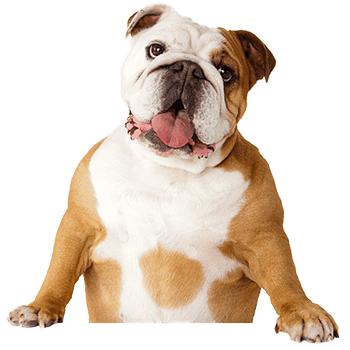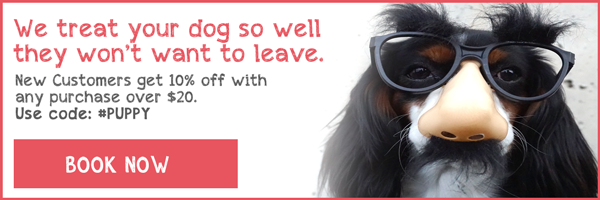With the strides made in the veterinary industry, dogs are living longer than ever. That’s a good thing in one respect: dogs that are middle aged or older tend to be much more mellow than their younger, friskier counterparts. But it also means you’ve got the responsibility of adjusting how you look after the animal. An older dog requires a different kind of care to a young pup or a prime pedigree. Below, we outline some of the things to be aware of as your dog gets older.
How do I know if my dog is old?
A general rule of thumb goes as follows: any dog seven years or older is considered “advanced” in age. However, you can reduce that by a year if you have a really big breed (say, a Great Dane) and add on a couple of years if your breed is very small (say, a Chihuahua).
Put an emphasis on a good diet
Older dogs are less active and more prone to putting on weight as they age. Obesity can be terrible for their health, h
Many products are marketed as suitable for the elderly when they’re no different to the regular food you would serve a young dog. Essentially, you’re looking for four things:
- It’s easier to eat (i.e., not a hard pellet that’s going to potentially harm brittle teeth)
- It has supplements in it beneficial to aching joints
- It has omega-3s and antioxidants
- It has more protein (75g per 1000 calories)
Dogs lose a lot of muscle mass as they got older, so a protein-rich diet fortified with omega 3s and antioxidants will fit the bill.
One question that’s asked a lot is: high-cal or low-cal? It’s normally safer to favor the second option. As dogs become more sedentary in old age they struggle to shift the pounds. That said, some dogs lose weight as they get older, so the calorie question ultimately depends on the dog.
Cut back on the amount of exercise you do, but keep it a regular part of the schedule all the same
Those walks you love to take your dog on are going to need to be reduced in distance as your dog gets older. Exercise is a wonderful component of any routine, but as the ageing process hits home, you’ll notice that your animal is getting fatigued over shorter distances. Cut the pace – and the distance – but ensure that exercise is still happening regularly. An elderly dog still needs to keep its body working.
Make appointments with the vet more regularly
You’re going to want to go for check ups twice a year, in particular to have their teeth checked for disease, and for a blood test or animal wellness exam. Blood tests will reveal ailments that aren’t immediately visible on the surface, but be sure to tell your vet about any signs of abnormal behavior. Is your dog struggling to see where it’s going? Losing its appetite? Sluggish when responding to a call? Is it having difficulty getting up and down the stairs? These are all signals a vet will respond to and be able to give further detail on.
Make your dog’s life as comfortable as possible
In the end, the best you can do is give your dog a comfortable life as it gets older. Make sure it has a well-appointed “sleeping zone” with a dog bone and toys to keep its mind active, and give it familiar blankets with a smell that it recognizes. Dogs don’t want change as they get older, so sure up that routine and make life comfortable.



